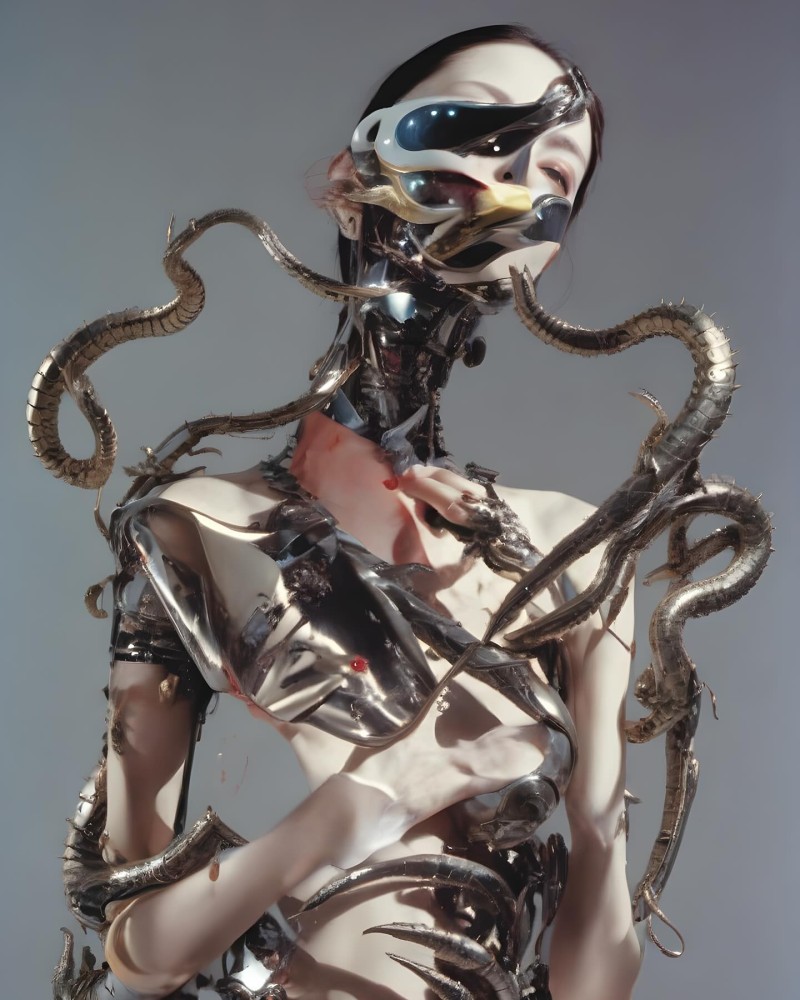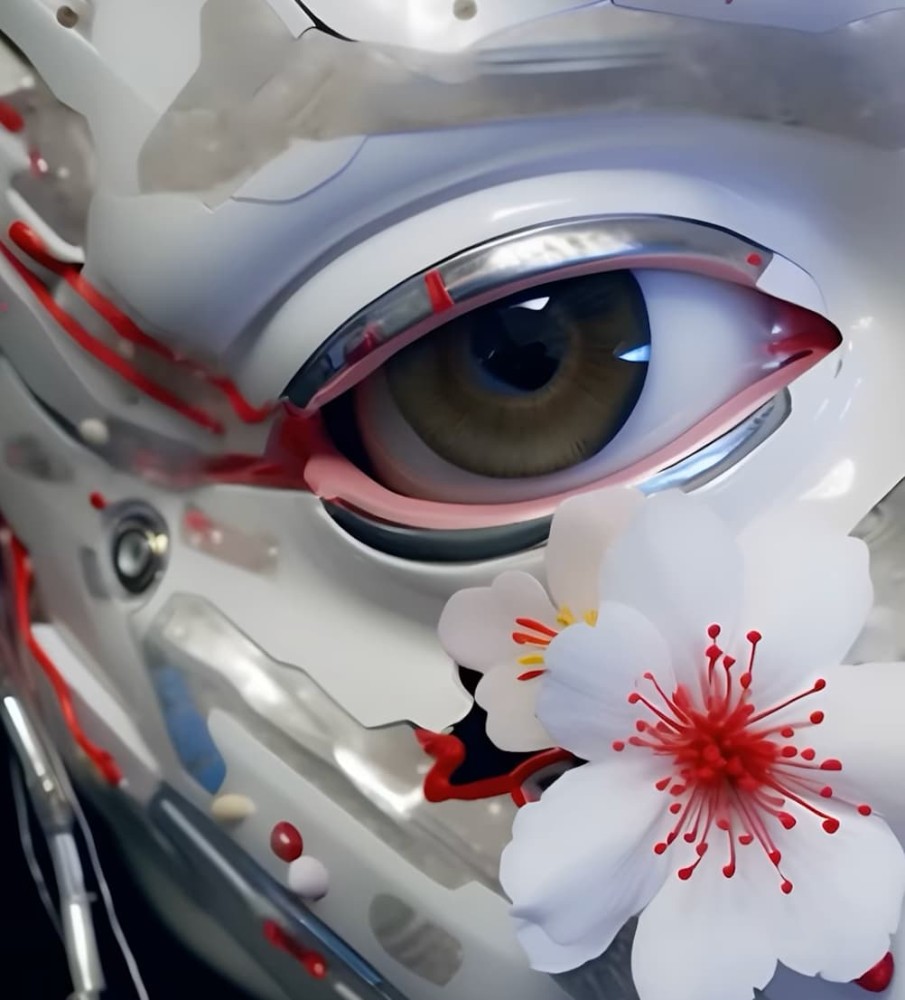
- Date
- 01 MARCH 2024
- Author
- GLORIA MARIA CAPPELLETTI
- Image by
- AI ARTISTS
- Categories
- RADAR Newsletter
Brain-Chip Breakthrough: Mind Meets Machine!
We're at the cusp of a groundbreaking era where the fusion of human cognition and digital technology is not just a possibility, but a reality. Neuralink's recent success in enabling a human to control a computer mouse with just their thoughts marks a monumental leap towards redefining human potential and interaction. This brain-chip breakthrough is more than technology advancing; it's about expanding our sensory perceptions, cognitive abilities, and the very essence of human interaction.
In today's RADAR, we dive deep into the implications of this technological marvel and celebrate the visionary AI artists capturing the spirit of our times. Their work provides a window into a future where our physical and digital selves are seamlessly integrated.
The Neuralink Breakthrough: A Prelude to Human Evolution
Neuralink, a company founded by Elon Musk, is at the forefront of developing brain-computer interfaces (BCIs). Their recent announcement about a successful human implantation of a Neuralink brain-chip marks a monumental stride in technology and neuroscience. The individual with the implant has fully recovered from the procedure and demonstrated the ability to control a computer mouse merely through thought. This capability signifies a profound leap forward in integrating human cognition with digital technology.
The Neuralink brain-chip is a sophisticated piece of technology, designed to establish a direct communication pathway between the brain and external digital devices. It involves a minimally invasive surgical procedure where a coin-sized chip is implanted into the brain. This chip contains threads much thinner than a human hair, which are carefully inserted into areas of the brain responsible for specific functions—in this case, motor control.
These threads detect neural activity associated with the intention to move and translate it into digital commands that can control a computer mouse. This process essentially bypasses the traditional neuromuscular pathways, enabling direct brain-to-device communication without any physical movement.
Beyond Screens: A World of Enhanced Sensory Perception and Cognitive Abilities
The implications of Neuralink's success extend far beyond the mere ability to move a cursor on a screen. This fusion of human cognition with digital technology opens the door to augmenting sensory perception, expanding cognitive abilities, and introducing new modalities of interaction with our environment. Imagine a world where information can be accessed and manipulated through thought alone, where the limitations of physical interfaces are overcome by the limitless potential of the mind.
Moreover, the broader implications of such technology are vast. It could offer unprecedented solutions to neurological disorders and injuries, providing new ways for people with paralysis to interact with the world around them. Beyond medical applications, the ability to interface directly with digital technology could lead to new forms of art, new modes of learning, and even new ways of experiencing reality.

The Impact on Society and the Individual
As we venture into this brave new world, the societal and individual implications are profound. The potential to treat neurological conditions and enhance cognitive functions presents a revolutionary approach to healthcare and personal development. However, this journey also raises ethical questions about identity, privacy, and the essence of what it means to be human. It challenges us to rethink our relationship with technology and the natural world. Issues of privacy, consent, and the potential for misuse must be carefully navigated. Additionally, there's the question of access: who gets to benefit from such technology, and how do we ensure it doesn't exacerbate existing inequalities?
The Neuralink breakthrough is indeed a glimpse into the future of human capabilities. It challenges us to reimagine the limits of human interaction with technology and to thoughtfully consider the ramifications of such profound changes. As we stand on the brink of this new era, the dialogue between technology, ethics, and society has never been more crucial.
The Role of AI Art in Envisioning the Future
In today’s RADAR newsletter, we also shine a spotlight on the artists at the frontier of AI and digital creativity. Their work, a blend of art and technology, serves as a window into the possibilities that lie ahead. These artists not only envision the future but also engage in a dialogue about the implications of these advancements on society and individual identity. Through their creations, we glimpse a world transformed by the integration of digital and cognitive realms, inspiring us to imagine the shape of things to come.
Towards a Phygital Existence
As we navigate towards this phygital (physical + digital) existence, the fusion of human cognition with digital technology heralds a new phase in human evolution. It promises a future where our physical and digital lives are no longer separate but intertwined, offering unprecedented opportunities for growth, understanding, and connection.
Let's ponder the vast potential of merging human consciousness with digital interfaces. As we stand on the brink of this new era, it's crucial to engage in thoughtful discussion about the direction we are heading. Let's embrace the future with curiosity, caution, and an unwavering commitment to exploring the full spectrum of human potential.
AI co-created text edited by Gloria Maria Cappelletti, editor in chief, RED-EYE









